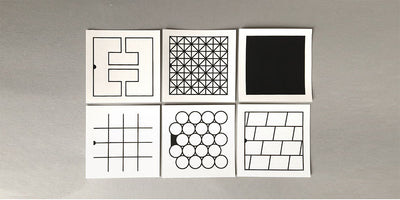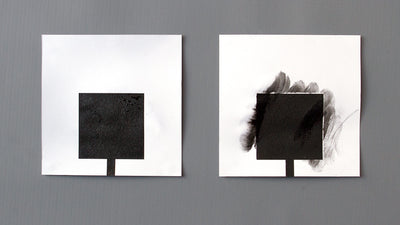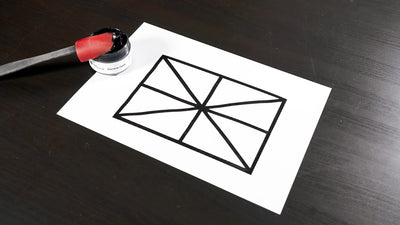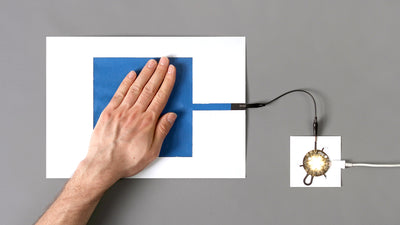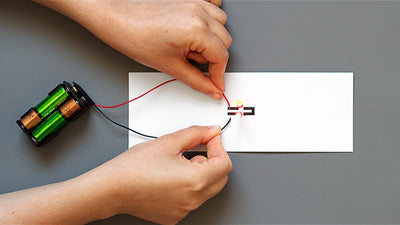How to dilute Electric Paint

Change the properties of Electric Paint to create exciting visual and electronic effects
Diluting Electric Paint is a great way to revitalize dried paint or decrease its viscosity so that you can easily paint with it. Electric Paint is composed of conductive particles suspended in a water-based solution. As such, it can be diluted by simply adding water, similar to acrylic paint. There is no need for distilled water, and you don't need a thinner like with oil-based paint. However, adding water to Electric Paint will also decrease the conductivity of the material as it changes the ratio of conductive particles to water. In this tutorial, we'll explain how to dilute paint and the implications of it.
We love it when you share your projects! Post your project on Instagram, YouTube, or Twitter, and make sure to tag @bareconductive or use #bareconductive. You can also send your videos and photos to info@bareconductive.com so we can post them on our site for the world to see.
You will need:
- Electric Paint 10ml, 50ml or 1l
- Sundry painting supplies
Step 1 Add water
To either revive dry paint or decrease its viscosity, simply add water to it. We recommend doing this in steps, adding water to the paint bit by bit. Stir the water and paint continuously, adding water until you're happy with the consistency of the paint.
Step 2 Change in resistivity
Electric Paint is water-based and has a resistivity of 55Ω per square at 50 microns. If you paint a short line with a brush and undiluted Electric Paint, it corresponds to about 85Ω. Adding water to the paint increases the resistivity of the paint. For example, having a mixture of 2 parts Electric Paint and 1 part water has a resistivity of 140Ω per square. This is because the more water you add, the more the conductive pigments become dispersed in the solution, and therefore the less contact they're making with each other.
Step 3 Diluting and sensors
Diluting Electric Paint is great when you need to paint a larger surface with paint. If you use Electric Paint to create sensors, the resistivity isn't that important compared to the higher level of conductivity required for building a circuit with Electric Paint. If you want to paint larger sensors for capacitive sensing with either the Touch Board or Pi Cap, we'd recommend diluting Electric Paint. Dilute it bit by bit until you are happy with the viscosity of the paint. A good ratio is half Electric Paint and half water. If you want to create stencils with Electric Paint, look at the how to stencil with Electric Paint tutorial.
Step 4 Layer diluted paint
If you have painted a sensor with diluted paint and you are not happy with its performance, you have two options. You can either change the sensitivity of the sensors or increase the conductivity of the painted sensor. To do so, simply add another layer of diluted paint.

Step 5 Next steps
You can dilute the paint to revitalize dried paint or apply it more easily. Doing so, however, decreases its conductivity, which might affect the paint's performance. Once you have applied the paint and you are happy with the result, you can seal it or apply a different color over it


